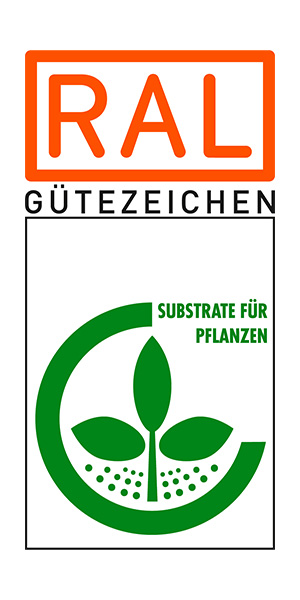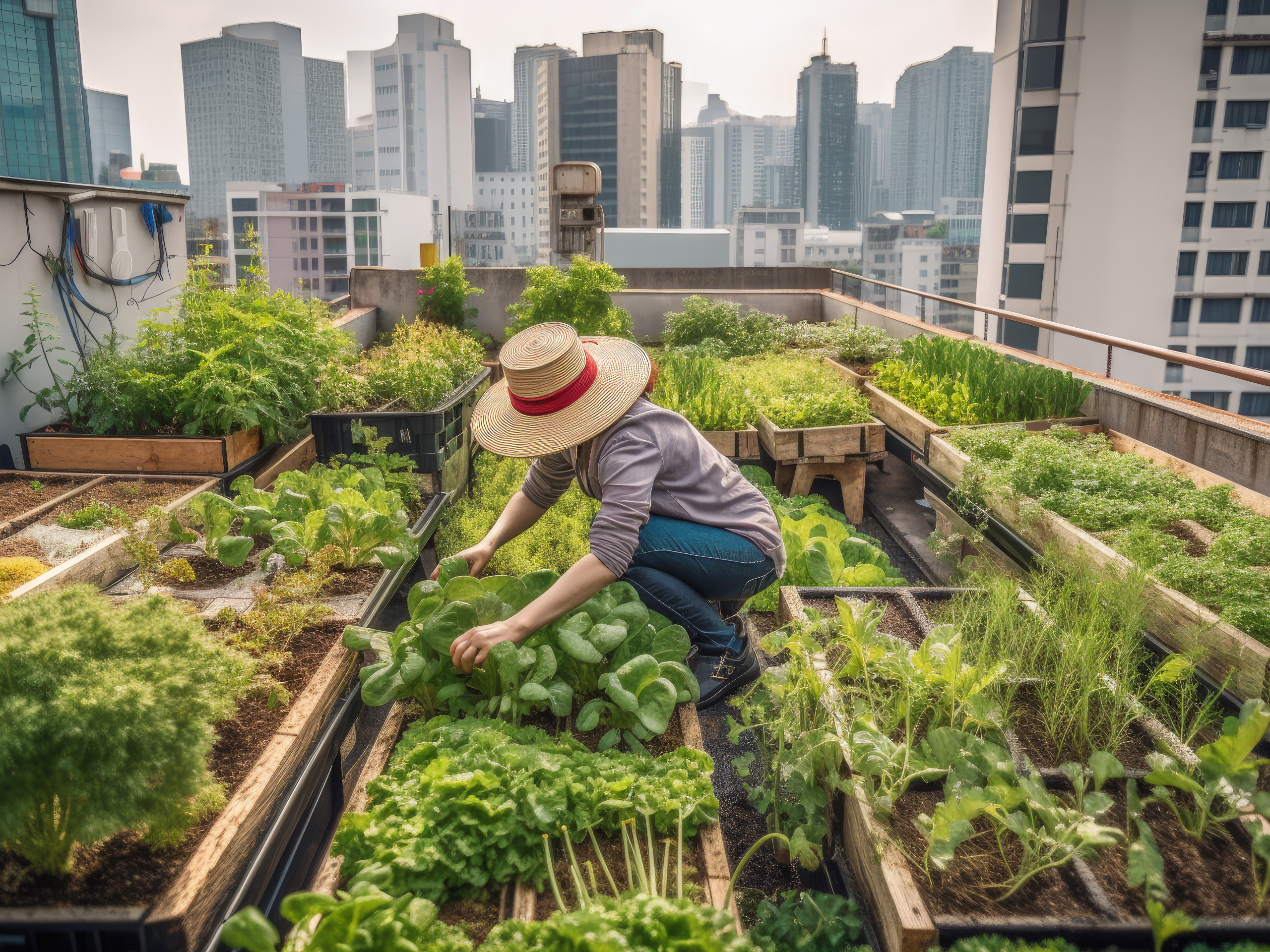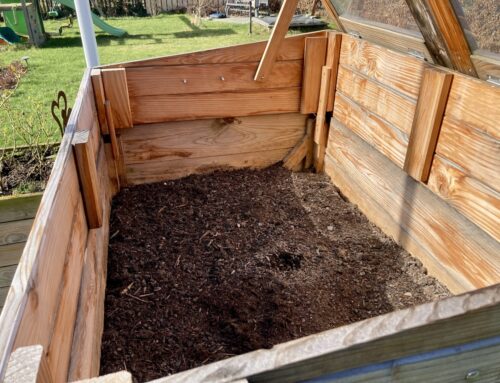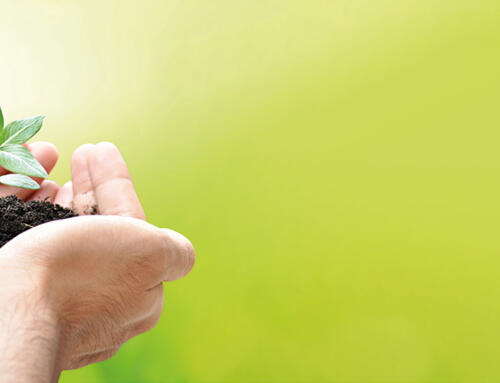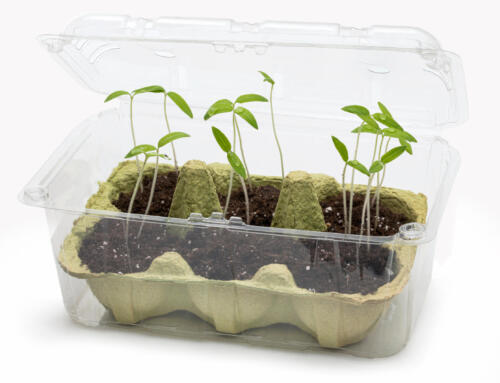Balcony vegetables – the right soil mix for success.
The smaller the volume of the container, the more important the properties of the substrate
Do you dream of your own sun-warmed tomatoes, crisp kohlrabi and freshly harvested lettuce? You don’t necessarily need to have a garden to make your dream come true: countless vegetables can easily be grown on the balcony, rooftop terrace or in the backyard. All you need is seeds or young plants, containers and a high-quality substrate for planting. Container options include window boxes, planters and hanging baskets as well as wooden fruit crates, jute bags, plastic bags and plenty of other variants. However, never lower your standards when it comes to the substrate for planting: the smaller the soil volume the plants have to grow in, the more important the properties of the substrate.
A plant’s water requirements illustrate very well why this is the case. The better the substrate’s water retention capacity, the less frequently the plant has to be watered. However, the soil should not hold too much water, because plant roots tend to rot if they are wet all the time. When this happens, the vegetables can’t take up any more water; they wither in an over-rich environment. More specifically, peat-reduced and peat-free substrates, which are popular with many urban gardeners, tend to get waterlogged and compacted. Therefore, premium substrates are enhanced with natural additives such as sand or perlite (a volcanic rock expanded by heat) to improve drainage and aeration. The happy medium also makes sense when it comes to nutrient storage capacity. Ideally, the soil should store part of the nutrients after a fertilizer has been applied and release it later to make it available to the plants.
Consumer tip: look out for the RAL quality mark
Gütegemeinschaft Substrate für Pflanzen e.V. recommends that consumers look for substrates labelled with the RAL quality mark when shopping for soil mixes. Quality-certified substrates are subject to strict quality requirements. Approved, independent labs analyse the certified products regularly for properties such as balanced water and nutrient storage capacity, structure stability, nutrient contents, pH value and potential pollution with pathogens, weed seeds or plant-damaging substances. Owing to such continual quality assurance, substrates carrying the RAL quality mark provide optimal conditions for your vegetable season to be a success with high yields and maximum taste.
Tips for growing vegetables in pots
Growing your own vegetables
The rule of thumb is that the larger the container, the better. The more substrate it holds, the less frequently the plants need to be watered and fertilised. However, very small containers, in which the soil dries quickly, are suitable for thyme, rosemary and other Mediterranean herbs. For these types of plant, a substrate for herbs is the right choice. However, make sure other special-purpose substrates you want to use, such as substrate for vegetables or raised-bed soil mixes, also carry the RAL Quality Mark, because the product name alone doesn’t tell you anything about the soil quality.
Soil mixes for vegetables and raised-beds usually contain slightly more nutrients than general-purpose potting soils. They are best suited for growing heavy feeders such as tomatoes, courgettes or potatoes. You should plant moderate feeders such as kohlrabi, carrots or leaf lettuce only as a following crop. The last crops to grow should be light feeders such as beans or radishes. Radish, for example, only produces leaves, but no tubers when grown in excessively rich soil. As an alternative, you can sow light feeders in a fresh sowing mix or substrate for herbs, because it has a significantly lower nutrient content. General-purpose potting soils are ideal for growing moderate feeders.
By the way: pure compost is not suited as a sowing or planting medium. Its high nutrient contents drains too much moisture from the first delicate seedling roots. It can also lead to deficiencies in the plants, because some nutrients mutually disable each other if present in a high concentration.
